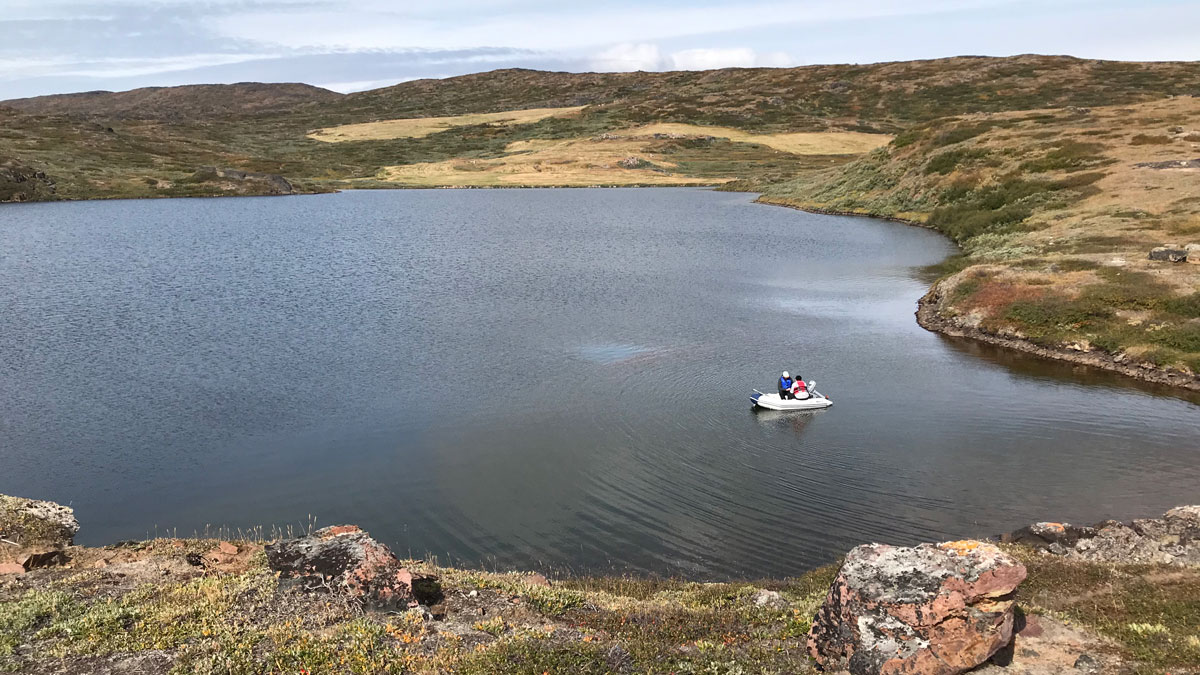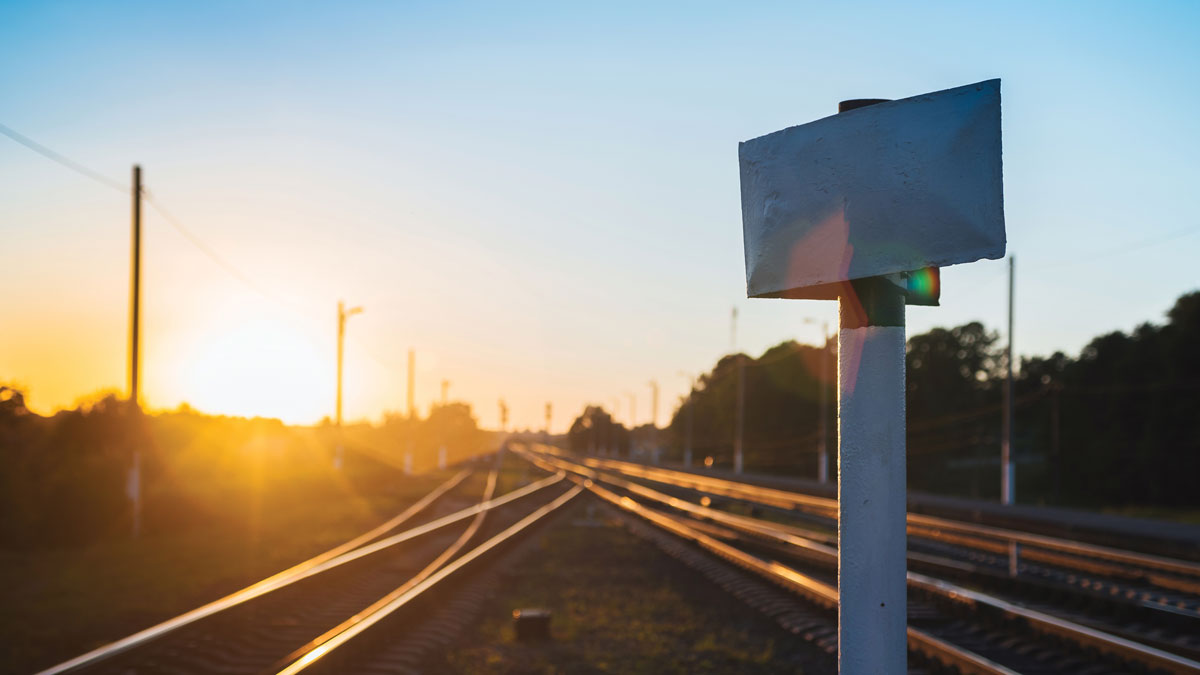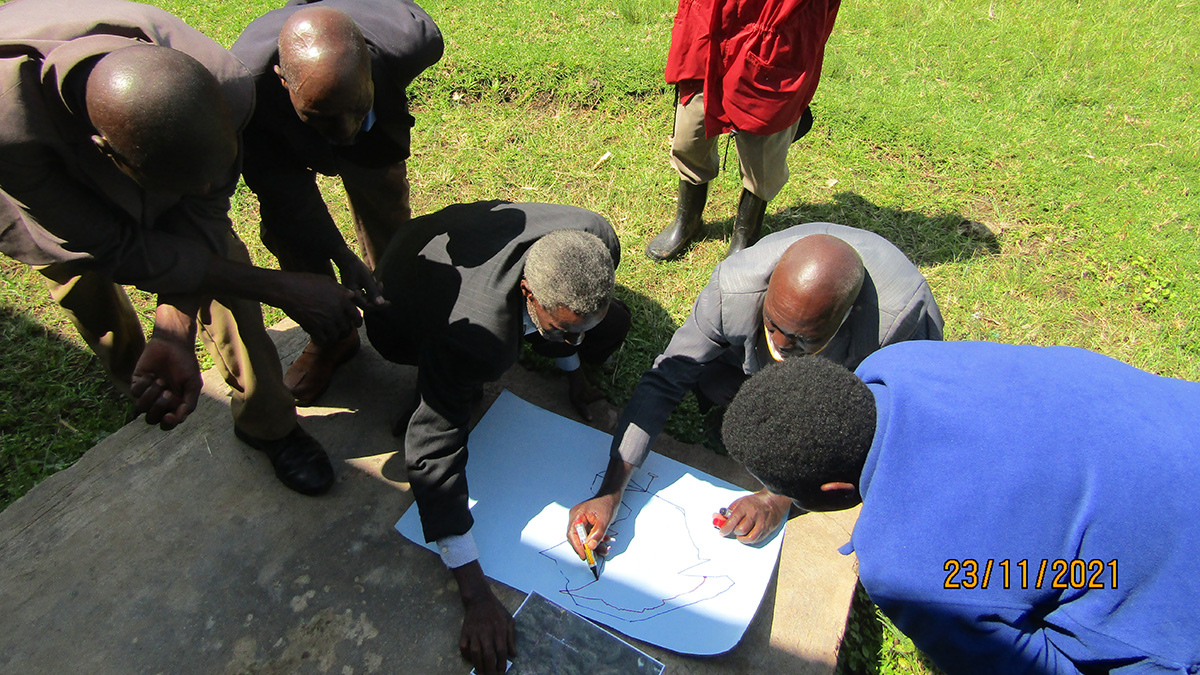Driftwood floats thousands of kilometers from Siberia to Iceland, but it may drift no longer by 2060 due to climate change.
ENGAGE
Caves Offer Temperate Hope for Future Moon Exploration
Large caves near the Moon’s equator maintain a temperate, stable daily temperature around 17°C.
Ninety Percent of the World’s Oil Slicks Are Caused by Humans, Not Nature
Researchers were surprised to find exactly how many oil slicks were due to human activity, highlighting the need for people to pay attention to runoff and leaks.
Community Scientists Recover Micrometeorites from Lake Michigan
A team of scientists, educators, and teenagers discovered the objects, some of which may have been delivered by a fireball that streaked across the sky in 2017.
La minería amenaza a las poblaciones Indígenas aisladas del Amazonas
Un proyecto de ley en el Congreso Brasileño permitiría la expansión minera en territorios Indígenas. Una nueva investigación demuestra cómo esto podría afectar radicalmente a los pueblos aislados.
Evidence of Drought Provides Clues to a Viking Mystery
A persistent drying trend, not plunging temperatures, may have played a role in the unexplained disappearance of Norse settlers from Greenland, according to researchers.
Should Inhaled Anesthetics Be Swapped for IVs?
Using intravenous anesthetics instead of volatile ones could help curb greenhouse gas emissions, but there are challenges to making the switch.
The Career Issue: Change Is the Only Constant
There’s no one way to be a geoscientist. Learn how more than a dozen professionals use Earth and space sciences as a wheelhouse for innovative and interesting careers.
The Career Issue: OK, But Explain “Anything”
Our second annual Career Issue examines how an education in the Earth and space sciences can lead to a multitude of rewarding paths.
Community Science Project Helps Track Geohazard Risks in Uganda
A community project in the Kigezi Highlands is helping to identify landslide and flooding hot spots and how the hazards are evolving.










